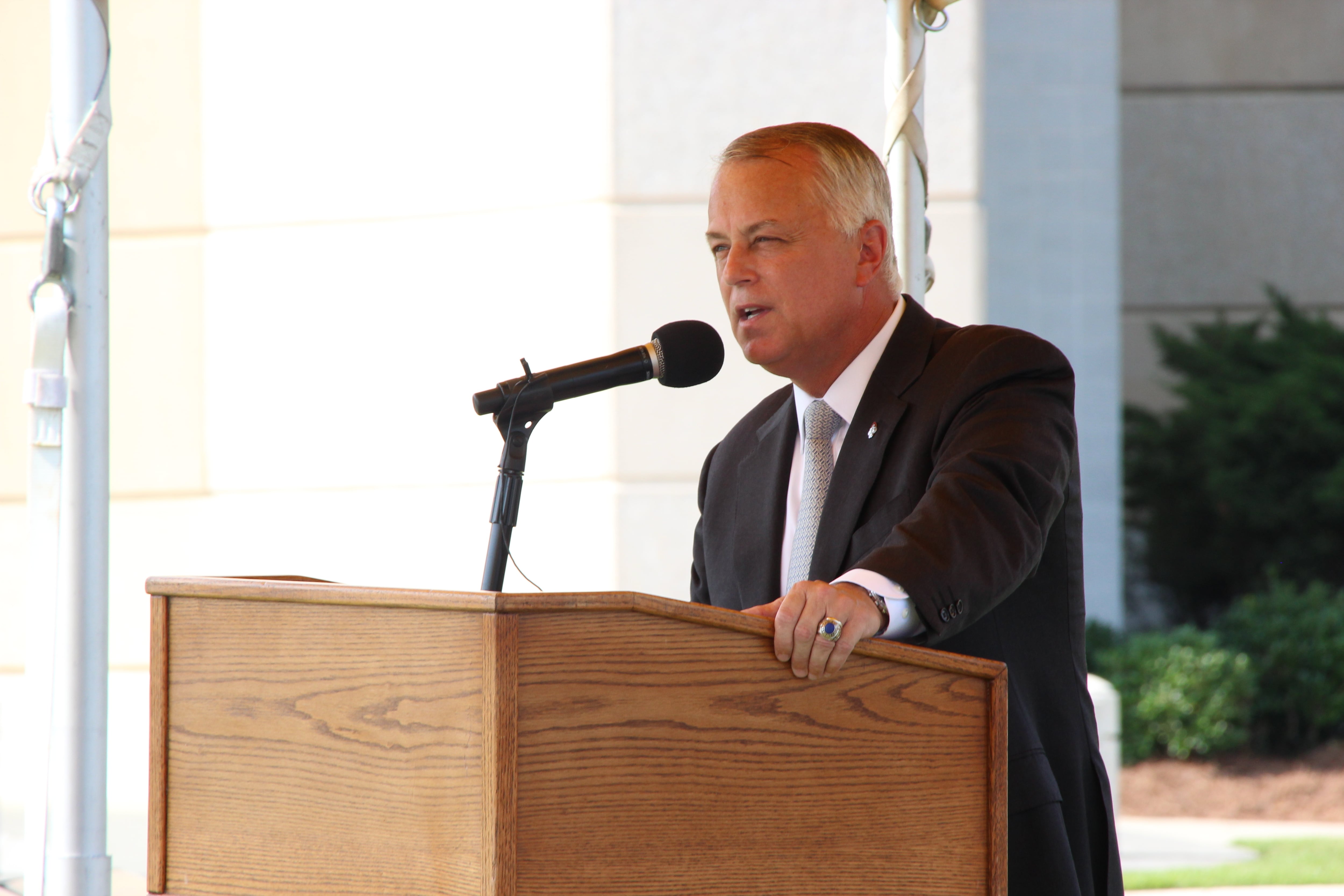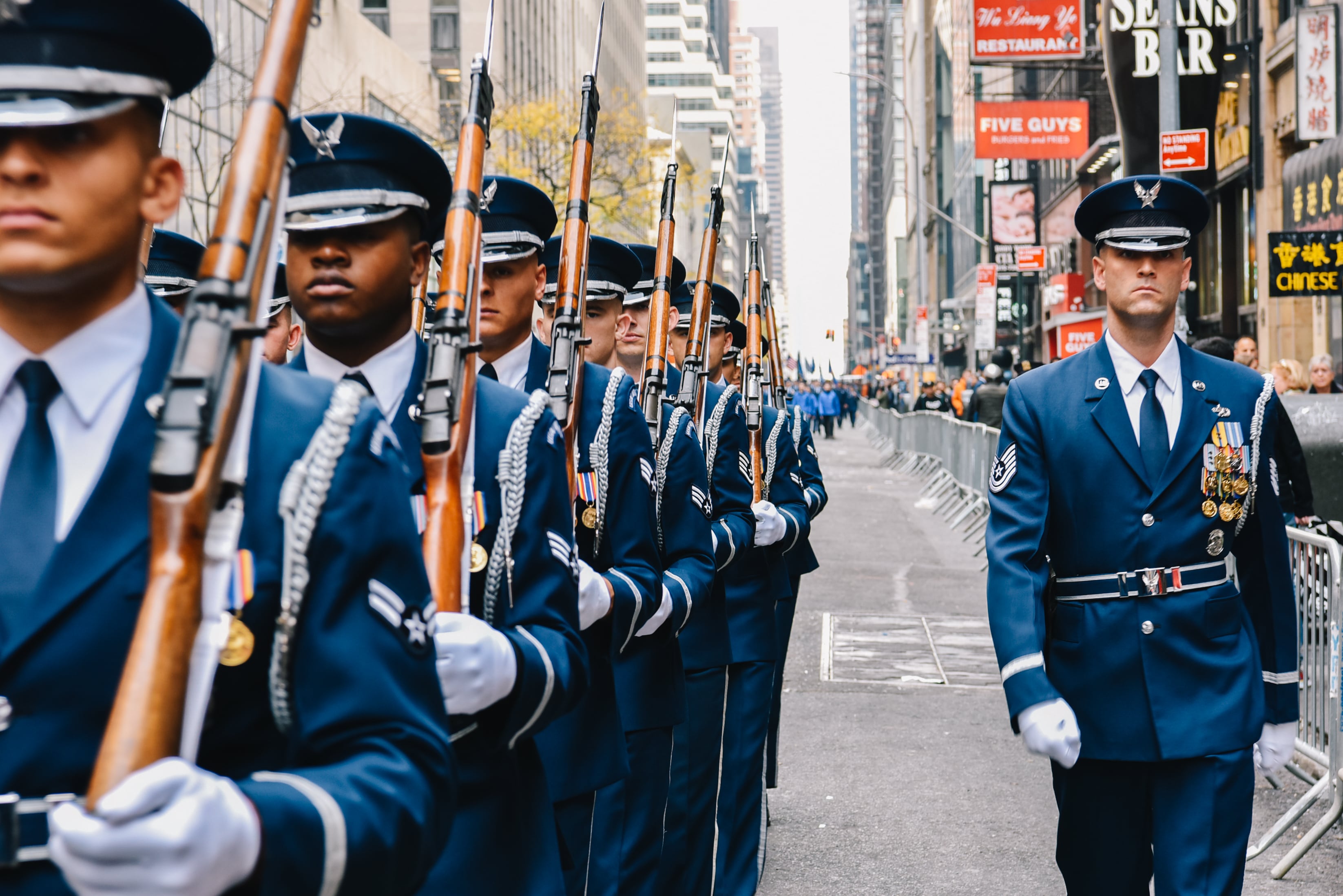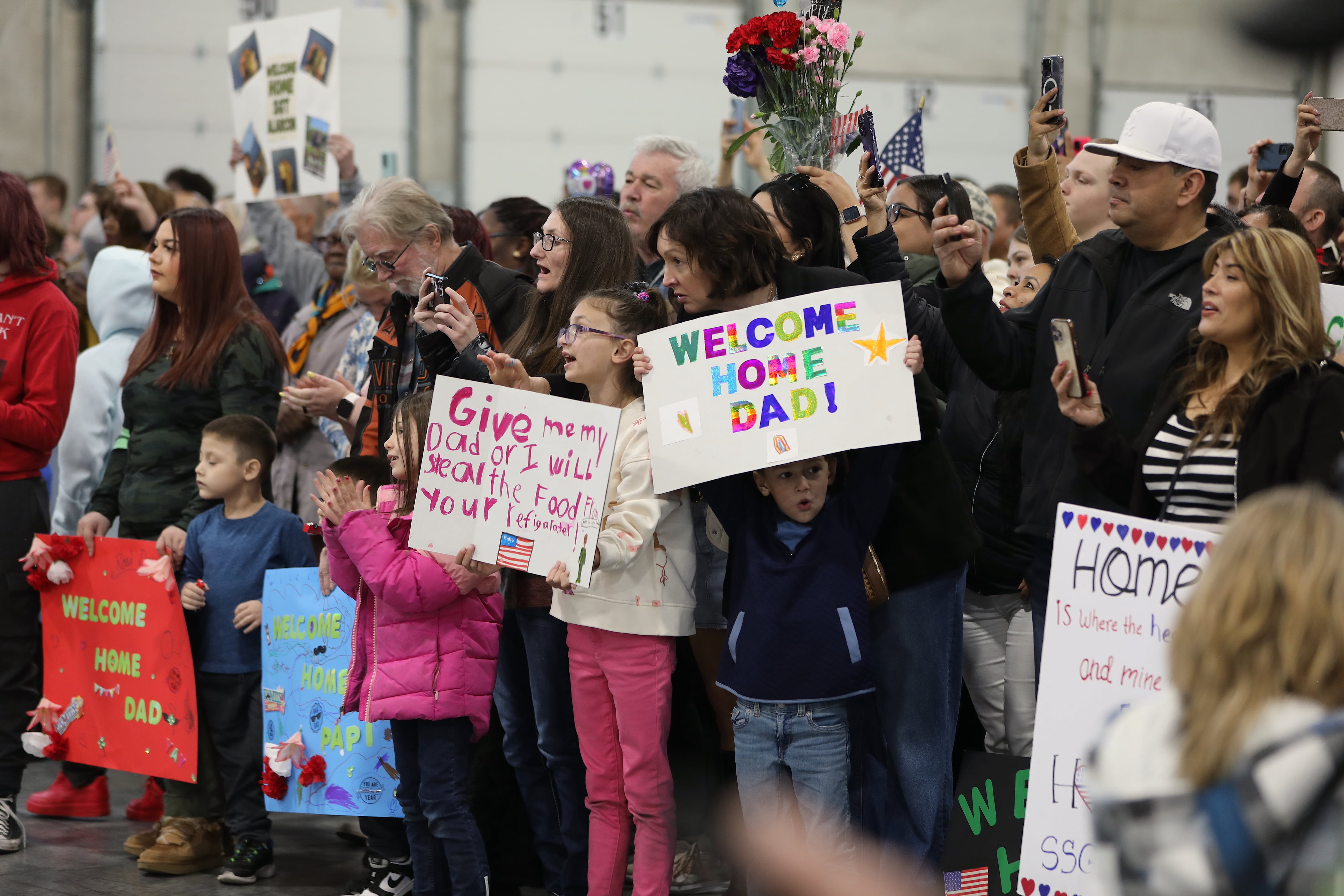More than 20 years after the effort began, a World War II hero has finally received the Medal of Honor.
Army 1st Lt. Garlin Conner was originally awarded the Distinguished Service Cross, the Army’s second-highest award for valor, for his actions during 28 months in combat during World War II as an intelligence officer.
But Conner’s family and friends took up the fight to upgrade the award to the nation’s highest valor award, continuing the effort after Conner died in 1998 at age 79.
And on Tuesday, Conner was honored during a ceremony at the White House.
“Today we pay tribute to this Kentucky farm boy who stared down evil with the strength of a warrior and the heart of a true hero,” President Donald Trump said during his remarks.
Conner was assigned to K Company, 7th Infantry Regiment, 3rd Infantry Division when in January 1945 he volunteered to run 400 yards through “an intense concentration of enemy artillery” in Houssen, France, according to Conner’s Distinguished Service Cross citation.
This was after Conner sneaked out of a field hospital, where he was being treated for a painful hip wound, to rejoin the fight, Trump said.
Along the way, Conner unrolled a spool of telephone wire so he could use a field telephone to direct attacks on the enemy.
“He ran 400 yards, dodging shrapnel, bullets, shells everywhere, artillery trying to hit him,” Trump said. “They saw him; they couldn't get him. He was going every different way. He looked like an NFL star, all the while laying telephone wire wherever he went.”
Conner raced to the front of the American line and laid down in a shallow ditch, Trump said.
“In front of the lone American soldier were six German tanks and hundreds of German soldiers,” the president said.
RELATED
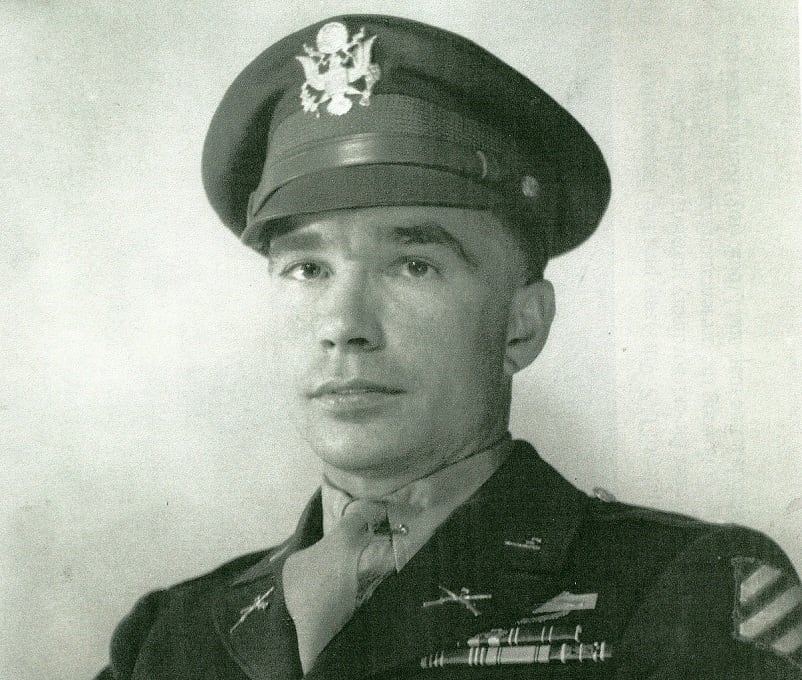
As bullets flew all around him, Conner directed friendly artillery fire to hold off six German tanks and about 600 German infantrymen.
As shells exploded 25 yards from him, he set up an observation post, where he stayed for more than three hours, the citation said.
“He had shells dropped right on him,” Trump said.
“At one point, a German soldier came within five yards of Lieutenant Conner before being shot and killed,” Trump added. “For three hours, the bloody battle raged on.”
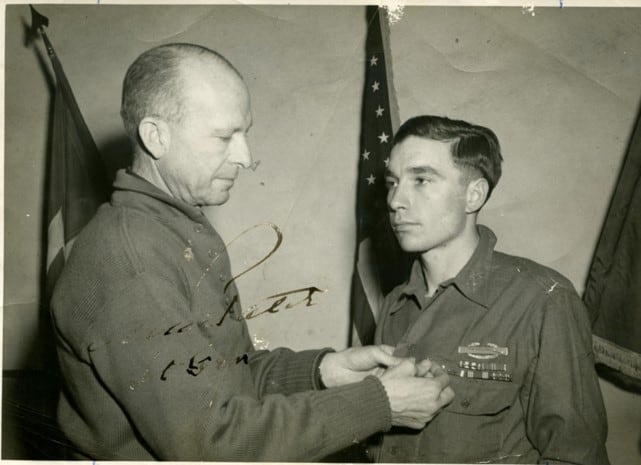
Conner was individually credited with stopping more than 150 German troops, destroying the tanks and “disintegrating the powerful enemy assault force and preventing heavy loss of life in his own outfit,” the citation said.
Trump praised Conner for his “extraordinary courage and devotion that burned like a righteous fire in his soul.”
During the White House ceremony Tuesday, Conner’s widow, Pauline, accepted the Medal of Honor on her husband’s behalf.
“He was a very humble person,” Pauline told reporters in April. “He loved his country, he loved his family, he loved veterans, and I’m very proud of him.”
Trump called Pauline in April to tell her he had approved the Medal of Honor for her late husband.
“He said, ‘I have been studying his records, and he has a magnificent record. One of the best military records I’ve seen in a long time,’” Pauline said.
According to language in the National Defense Authorization Act for fiscal 2018, President Trump was given the authority to award the Medal of Honor to Conner.
Conner’s widow said she learned more about what her husband did in the Army now than in the 57 years they lived together.
“He was very private with his military record,” she said. “He didn’t discuss it very much. He felt like people would think he was bragging.”
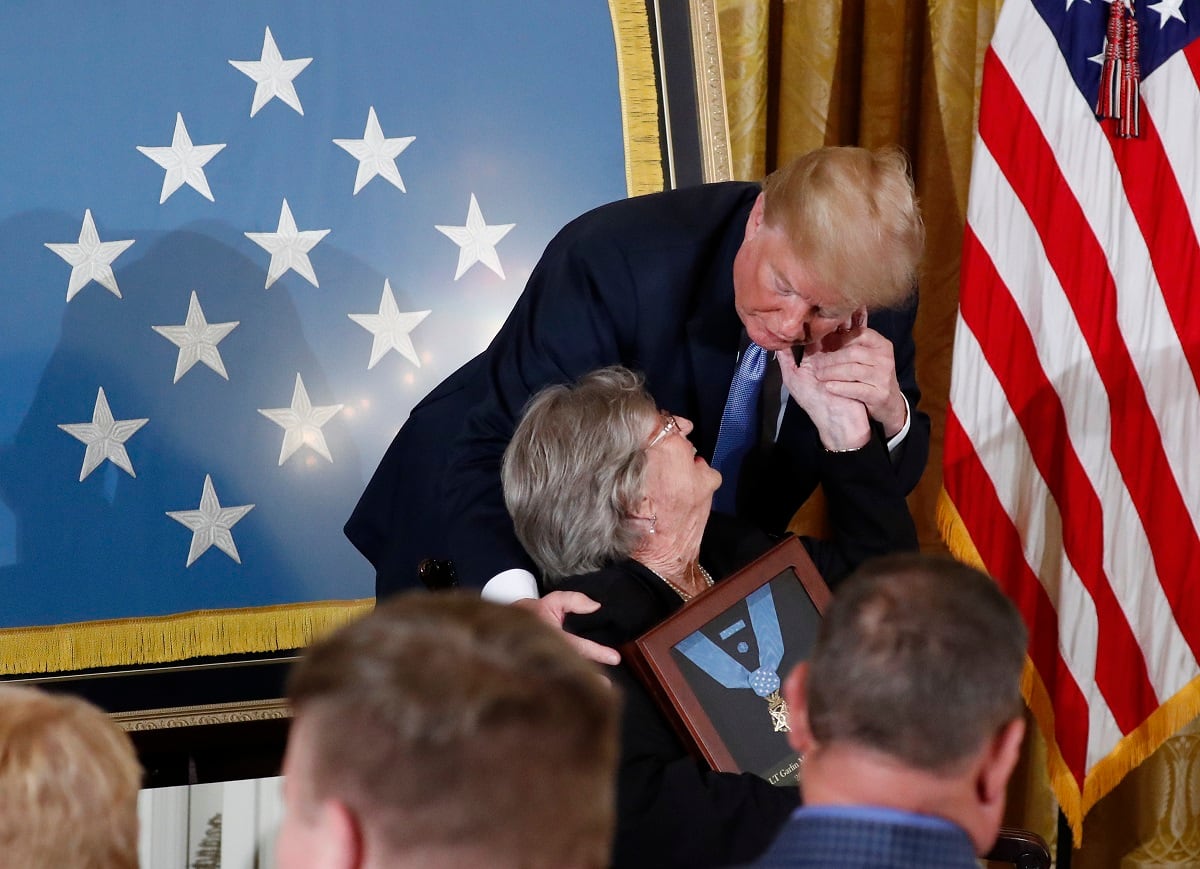
Pauline said it was a relief when she found out President Trump had approved the medal for Conner.
“I had got to the place that I was about to give up,” she said. “I didn’t think it would happen in my lifetime, because I am 88 years old.”
Conner is said to be the second-most decorated soldier from World War II, after Maj. Audie Murphy, who is commonly referred to as the most decorated WWII soldier.
Conner, who joined the Army in 1941 and was discharged in 1945, also received four Silver Stars, one Bronze Star and three Purple Hearts.
The effort to upgrade Conner’s award began when Richard Chilton, a former Green Beret, wrote to the Army Board for Correction of Military Records saying Conner should be honored. Chilton was researching details of his uncle’s military career, and he came across Conner, who had served with Chilton’s uncle.
The board rejected the application for upgrading Conner’s Distinguished Service Cross to a Medal of Honor in 1997 and turned away an appeal in 2000.

Pauline Conner collected three eyewitness accounts of Conner’s actions and resubmitted the case to the board in 2008.
Nothing happened, and after support grew from lawmakers, veterans, historians and authors in 2014, a Kentucky district court ruled that Conner’s widow had resubmitted the case two years after the statute of limitations expired.
The decision then went back to the Army board, which went against the advice of its staff and the judge and voted unanimously in 2015 that sworn statements from those who served with Conner were “sufficient to warrant a recommendation.”
“Lieutenant Garlin Murl Conner was indeed a giant,” Trump said. “In his daring, his devotion, and his duty, he was larger than life. And that, he was. He will never, ever be forgotten.”
Charlsy is a Reporter and Engagement Manager for Military Times. Email her at cpanzino@militarytimes.com.
